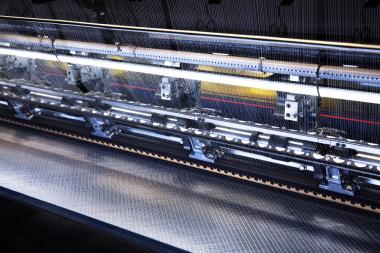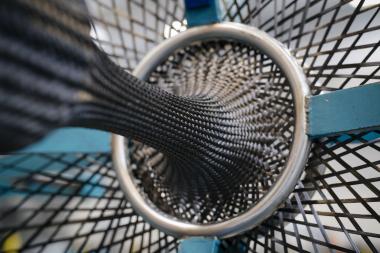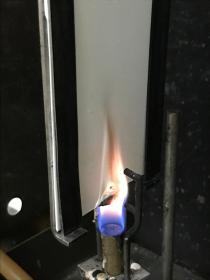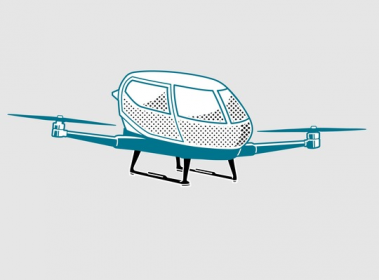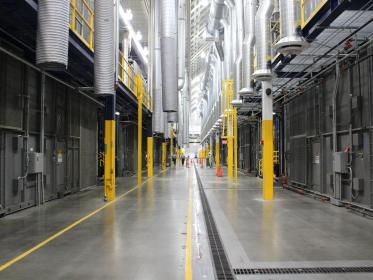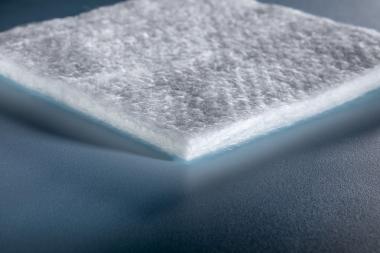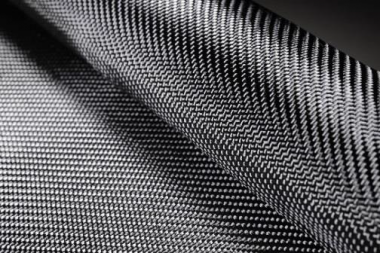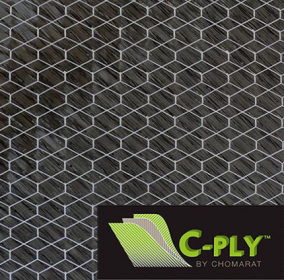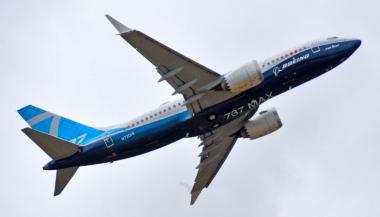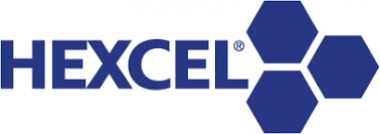JEC World 2020: SGL Carbon presents new solutions
At this year’s JEC World, the largest trade fair for composites held from March 3-5, 2020 in Paris, SGL Carbon will focus on the topic of serial production for the automotive, aerospace and industrial sectors. The key is customized solutions with individual component designs combined with tailored materials and production processes ready for large scale production. Under the motto “The Solution Provider,” the company will present selective innovative component solutions from all three areas in Hall 6, Booth D25. Furthermore, as an example for industrial applications, SGL Carbon will showcase at the JEC world a crossbeam made of carbon fiber reinforced plastics (CFRP) used in automated Schuler press lines.
- Composite battery enclosures for e-mobility
- Flexible new leaf spring generation for rear axles
- Innovative component designs for passenger airplanes, helicopters and air taxis
- Extremely lightweight and stable transfer beam for mechanical engineering
Selective applications with focus on serial production
In the field of automotive applications, SGL Carbon will present at the JEC World composite battery enclosures as a promising new application driven by increasing demand for electric vehicles and the resulting new flexible chassis platforms. The company demonstrates a prototype of a battery enclosure based on carbon fibers. However, hybrid composites with a mixture of glass and carbon fibers are also possible.
In the aerospace sector, SGL Carbon is also expanding its portfolio of realized projects and expertise relying on the trend to use more efficient materials and processes in this industry too.
In the area of primary structure components, the company will present a demo exhibit for the door frame of a passenger airplane realized in collaboration with external partners and based on 50k carbon fiber from the SGL Carbon, which is suitable for serial production.
Live simulations and intense exchange at the booth
Visitors can experience live how their ideas can be implemented both sustainably and cost-effectively in composites thanks to simulations. Experts from the company’s own Lightweight and Application Center demonstrate the path from the concept to virtual prototypes using simulation software, with the result visible either to the entire audience or just individual visitors. To prepare, interested parties can contact the team now at the following link: https://www.sglcarbon.com/anmeldung-jec.
On March 4, 2020, the SGL Carbon stand will host its traditional get-together for customers and friends starting at 4 p.m. – no registration necessary.


